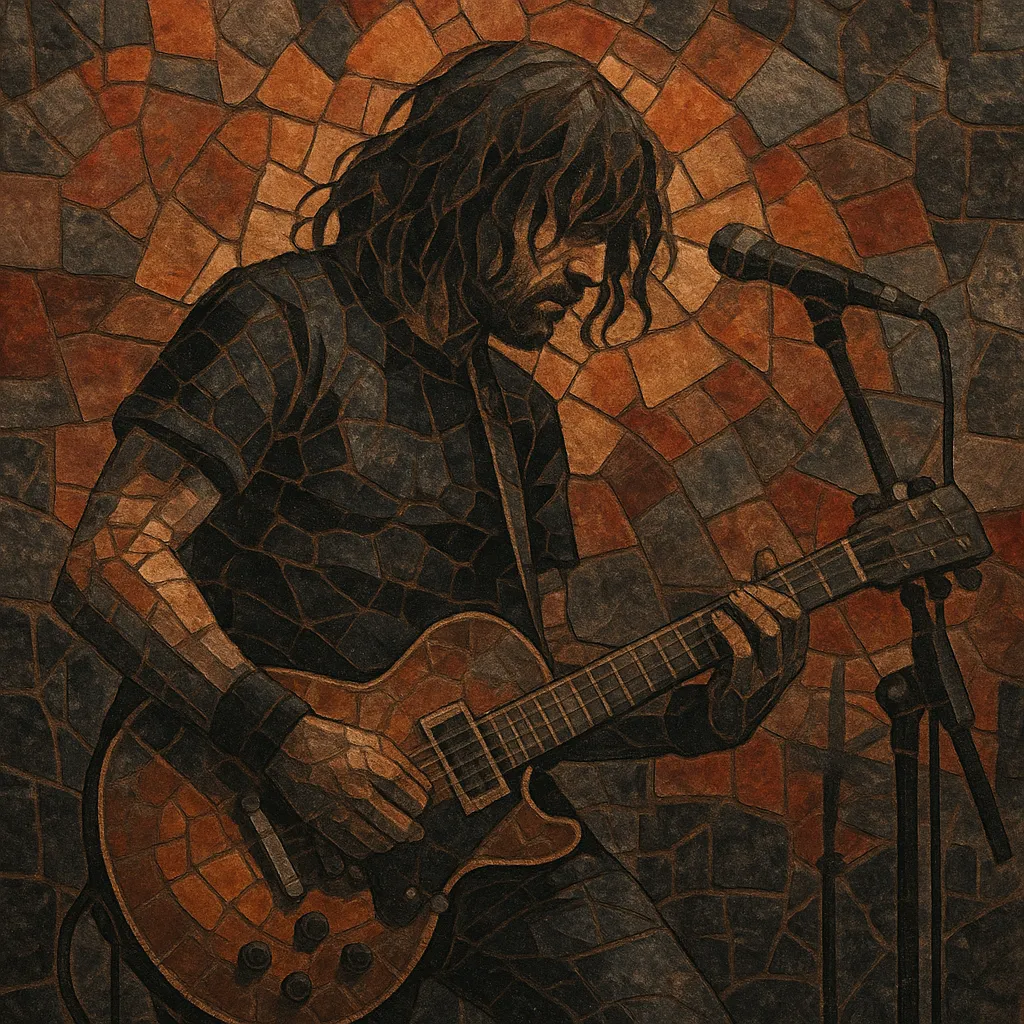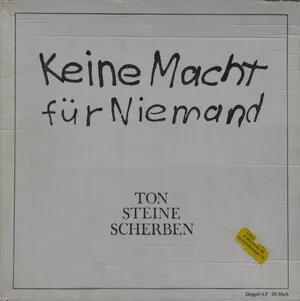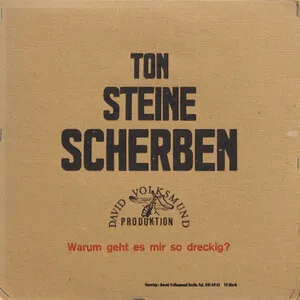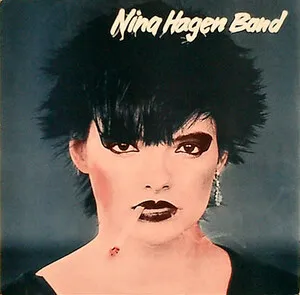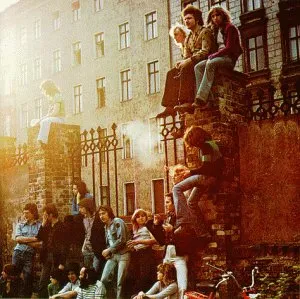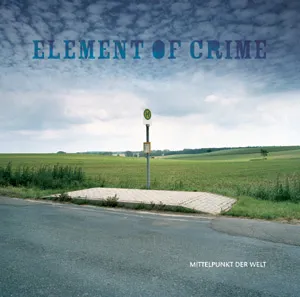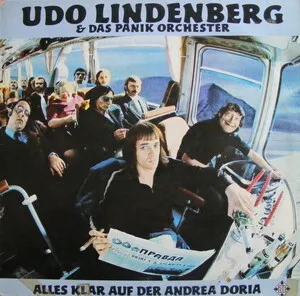Deutschrock is German‑language rock music that foregrounds clear, intelligible lyrics and accessible, guitar‑driven songwriting. While it draws on international rock traditions, its defining trait is the use of German as a lyrical vehicle for everyday stories, social commentary, and personal reflection.
Musically, it tends to favor straightforward song forms (verse–chorus), memorable hooks, and mid‑tempo grooves. The palette ranges from blues‑rock and classic rock to pop‑rock and punk‑inflected energy, with keyboards often adding harmonic depth. In popular usage since the 2000s, “Deutschrock” can also refer to a harder, stadium‑oriented branch with an anthemic, working‑class aesthetic.
Deutschrock is distinct from Krautrock (which is generally more experimental and often English‑language or instrumental) and from Neue Deutsche Welle (NDW), which brought a quirkier, new‑wave sensibility. It sits as the mainstream and singer‑songwriter‑friendly face of German rock across decades.
German bands initially emulated Anglo‑American rock in English, but a pivotal shift came when artists like Udo Lindenberg and Ton Steine Scherben began writing in German. Their success proved that rock could be authentic in the local language, opening the door for a broader movement. The sound leaned on classic and blues rock structures, with candid, socially aware lyrics.
Acts such as Marius Müller‑Westernhagen, Peter Maffay, BAP, and Klaus Lage carried Deutschrock into mainstream consciousness. In parallel, East German (GDR) groups like Karat, City, and Silly developed a distinctive "Ostrock" with poetic metaphors to navigate censorship. The early 1980s also saw the rise of Neue Deutsche Welle (NDW), which, while stylistically new‑wave, benefitted from the normalization of German‑language rock.
After reunification, Deutschrock diversified. Herbert Grönemeyer became a national icon with lyrically nuanced, piano‑colored rock. A harder, anthemic street‑level variant coalesced around bands like Böhse Onkelz, cultivating large live followings. Simultaneously, indie‑leaning currents (later dubbed Hamburger Schule) reaffirmed German lyrics in alternative rock contexts.
Deutschrock remains a broad umbrella—from radio‑friendly pop‑rock to gritty, riff‑driven stadium acts. The style’s emphasis on direct, idiomatic German has influenced multiple later movements (NDH, medieval rock, indie scenes). Regionally tinged dialects (e.g., Kölsch in BAP) and autobiographical storytelling continue to be hallmarks, while production has modernized with tighter low‑end and polished choruses.

